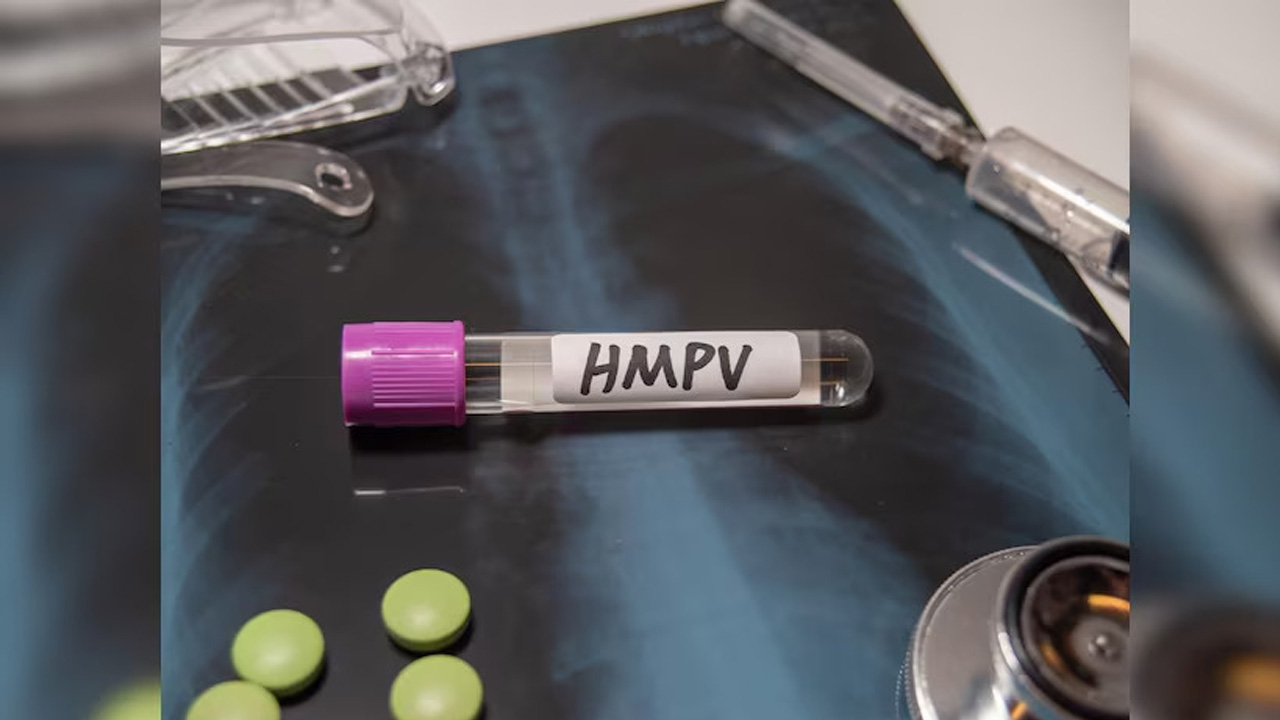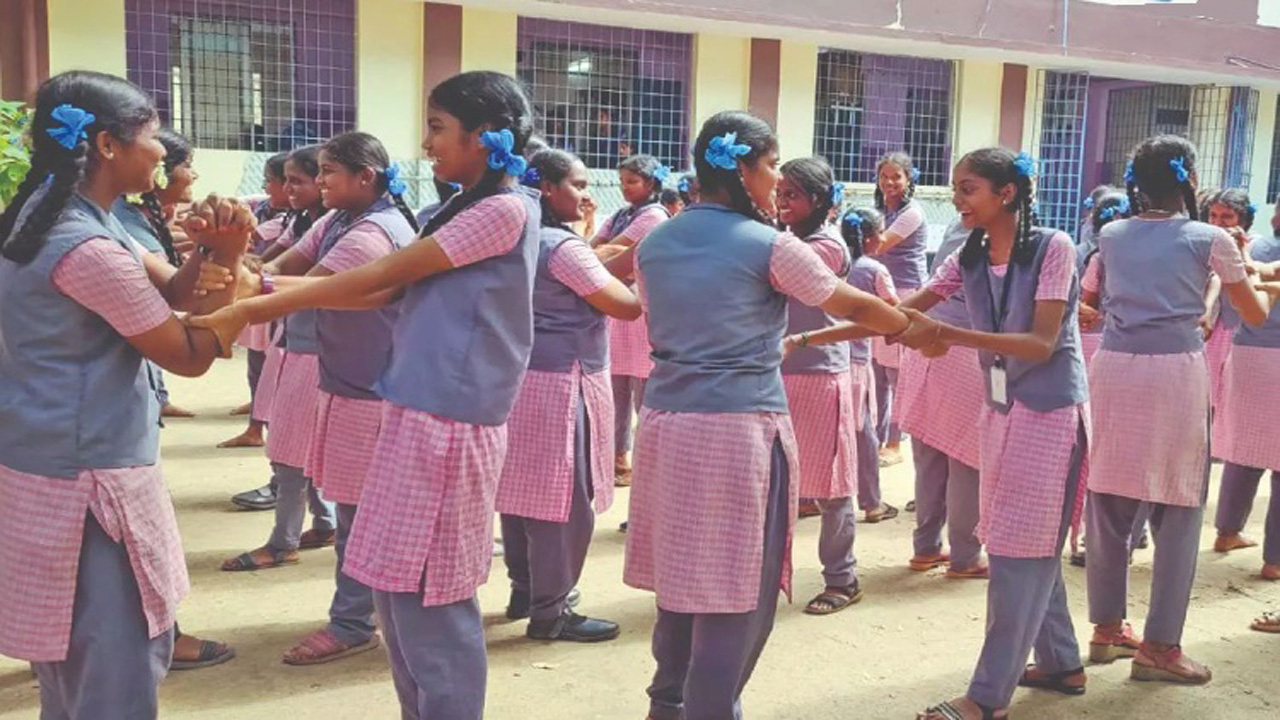Now Reading: Assam Reports First HMPV Case of the Season: 10-Month-Old Child Tests Positive in Dibrugarh
-
01
Assam Reports First HMPV Case of the Season: 10-Month-Old Child Tests Positive in Dibrugarh
Assam Reports First HMPV Case of the Season: 10-Month-Old Child Tests Positive in Dibrugarh

Guwahati, Assam – In a recent health update, Assam has reported its first case of human metapneumovirus (HMPV) for the current season. A 10-month-old child from Dibrugarh district has tested positive for the virus, prompting health officials to monitor the situation closely. The infant is currently receiving treatment at Assam Medical College and Hospital (AMCH) in Dibrugarh and is reported to be in stable condition.
What is HMPV?
Human metapneumovirus is a common respiratory virus that can cause infections in people of all ages. It was first discovered in 2001 and is now recognized as a significant cause of respiratory illness worldwide. HMPV belongs to the same family of viruses as respiratory syncytial virus (RSV), which is another common cause of respiratory infections in young children.
Symptoms of HMPV Infection
HMPV can cause a range of respiratory symptoms, from mild to severe. Common symptoms include:
- Fever
- Cough
- Runny nose
- Sore throat
- Wheezing
- Shortness of breath
In some cases, HMPV can lead to more serious conditions such as bronchiolitis (inflammation of the small airways in the lungs) and pneumonia (lung infection).
Who is at Risk?
While HMPV can infect people of all ages, certain groups are at higher risk of developing severe illness:
- Young children, especially those under 2 years old
- Older adults (65 years and older)
- People with weakened immune systems
- People with underlying heart or lung conditions
Diagnosis and Treatment
HMPV infection is typically diagnosed through a laboratory test of a nasal swab or other respiratory sample. There is no specific antiviral treatment for HMPV. Treatment focuses on relieving symptoms and providing supportive care, which may include:
- Over-the-counter pain relievers for fever and discomfort
- Nasal saline drops or sprays to relieve congestion
- Bronchodilators to help open up the airways in cases of wheezing
- Oxygen therapy or mechanical ventilation in severe cases
Prevalence and Seasonality
HMPV circulates globally and is most common during the winter and early spring months, similar to other respiratory viruses like influenza and RSV. It is estimated that most children will have been infected with HMPV by the age of five.
The Situation in Assam
According to officials at AMCH, the 10-month-old child was admitted to the hospital with cold-related symptoms a few days prior to testing positive for HMPV. As part of routine surveillance, samples were sent to the Indian Council of Medical Research (ICMR)-Regional Medical Research Centre (RMRC) in Lahowal for testing, which confirmed the HMPV infection.
Dr. Biswajit Borkakoty, a senior scientist at ICMR-RMRC, Lahowal, stated that this is the first HMPV case detected in Dibrugarh this season. He also mentioned that HMPV cases have been detected annually in the district since 2014, with a total of 110 cases recorded so far.
Public Health Response
Health authorities in Assam are closely monitoring the situation and have reiterated the importance of preventive measures to reduce the spread of respiratory viruses, including HMPV:
- Frequent handwashing with soap and water
- Covering coughs and sneezes with a tissue or elbow
- Avoiding close contact with sick individuals
- Staying home when sick
Reassurance from Health Officials
While the detection of the first HMPV case may cause concern, health officials have emphasized that HMPV is a common virus and most infections are mild. They advise the public to remain vigilant and follow preventive measures but not to panic.
Ongoing Surveillance
The health department will continue to conduct surveillance for HMPV and other respiratory viruses to track their circulation and trends. This information is crucial for implementing appropriate public health measures and providing timely medical care.
Conclusion
The detection of the first HMPV case in Assam serves as a reminder of the ongoing circulation of respiratory viruses. While HMPV can cause illness, especially in vulnerable populations, most infections are mild and resolve on their own. By practicing good hygiene and following preventive measures, individuals can help reduce the spread of HMPV and other respiratory illnesses.
It is important to note: This article is for informational purposes only and should not be considered medical advice. If you have concerns about your health or suspect an HMPV infection, please consult a healthcare professional.










